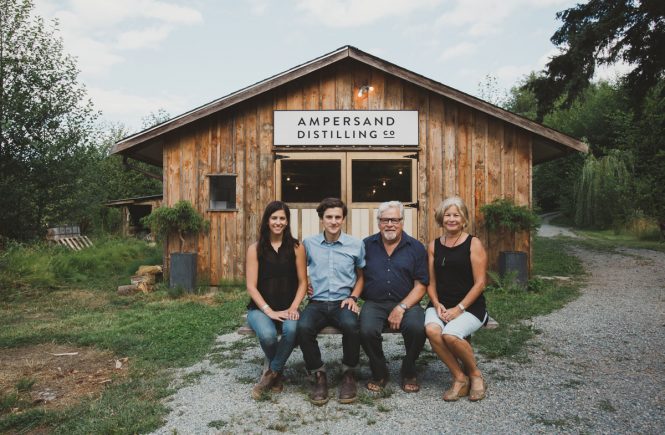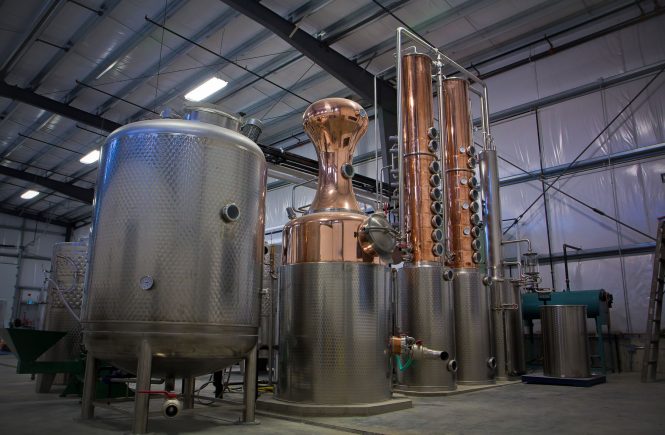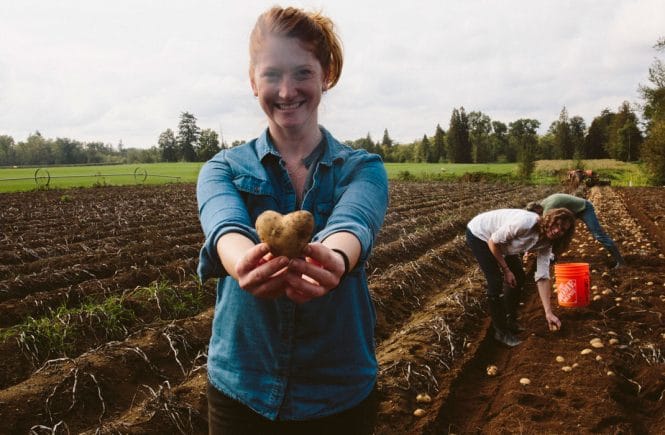The bartender’s salt and pepper, bitters are big in B.C.
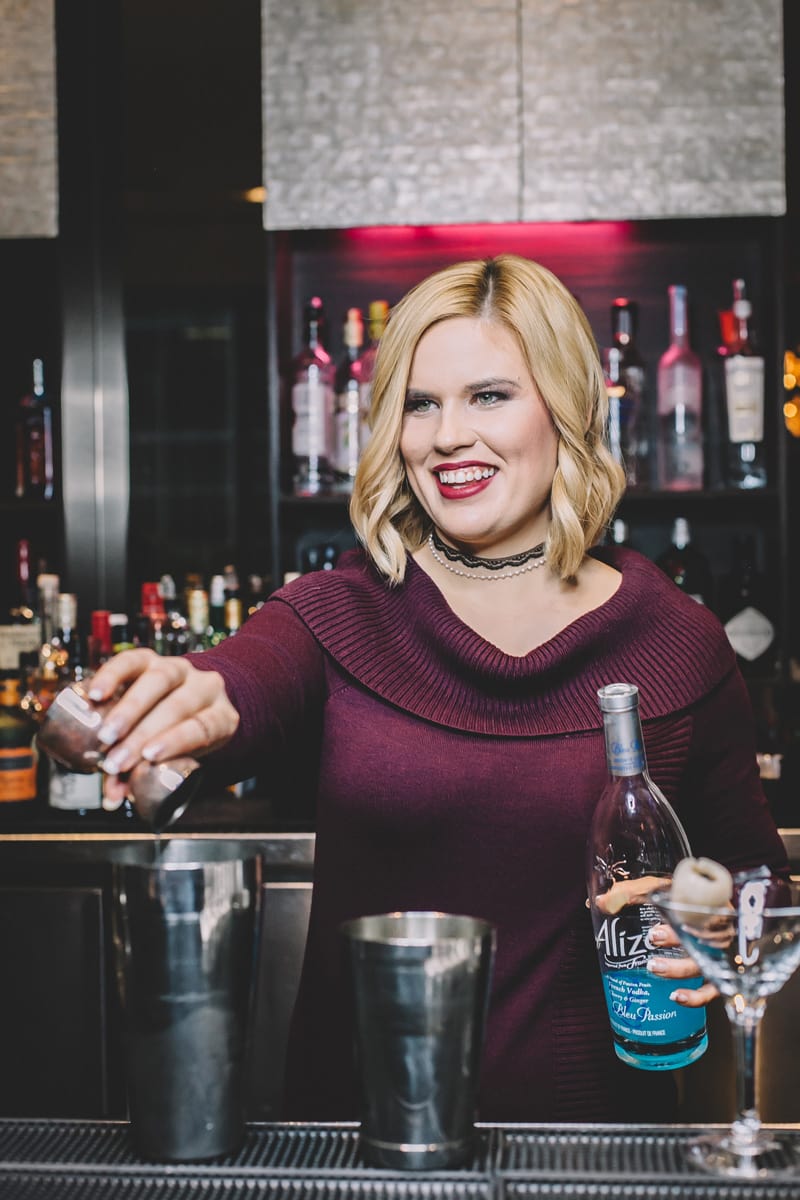
After working for five years as a bartender on cruise ships, Tiffany Davis is well acquainted with the benefits of cocktail bitters.
“I went through so many bottles of Peychaud’s,” she laughs. “It was the best cure for seasickness.”
Now safely moored on dry land, as a bartender at the Shangri-La Hotel Vancouver’s Market by Jean-Georges, Davis still relies on bitters, but primarily for their cocktail applications.
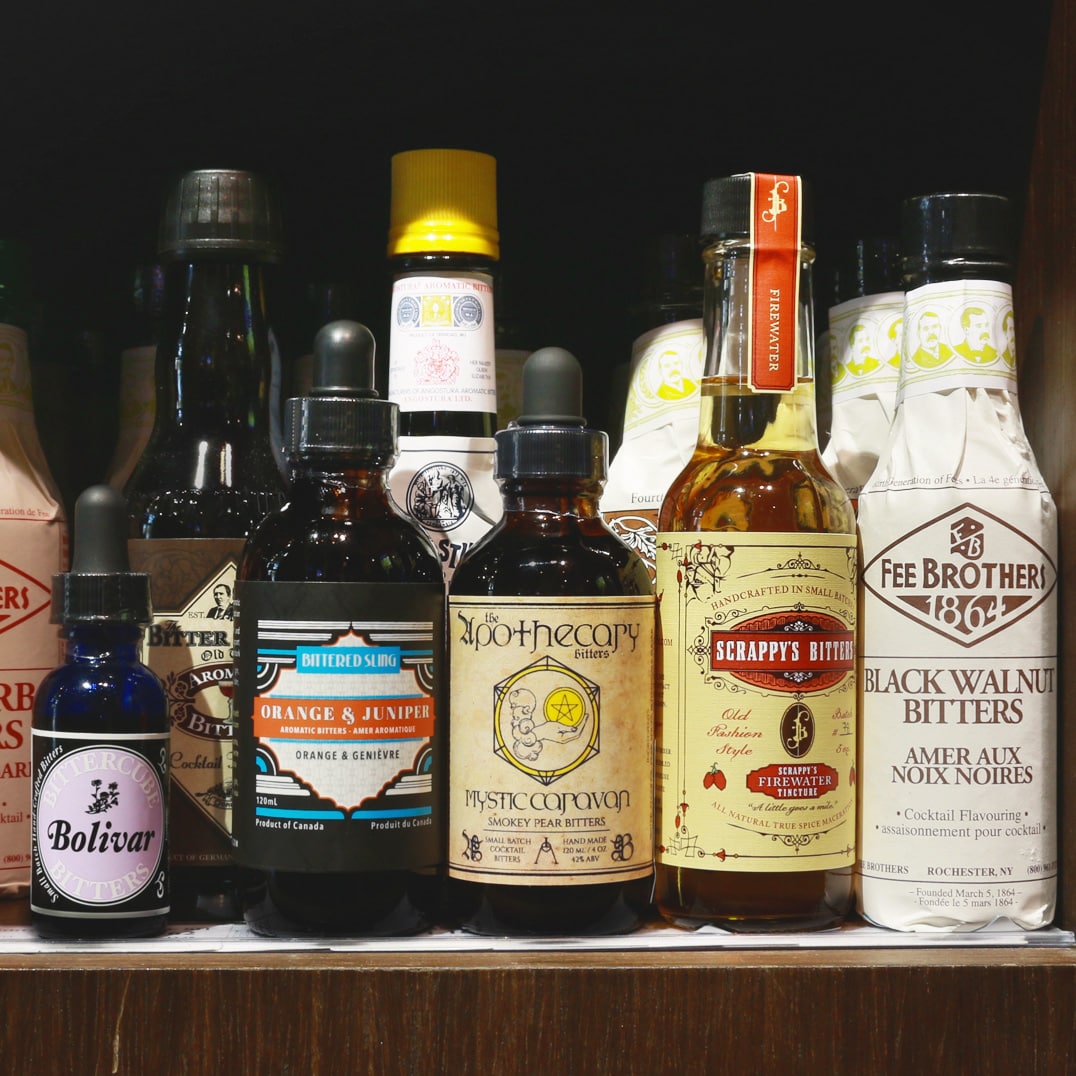
“I feel very supported by these,” she says, pointing to her witch’s pantry of commercial bitters, bottled barks, spices and seeds. They’re displayed on her bar top — along with perfume blotters and self-made bitters in atomizers — in order to stimulate conversation with customers.
Originally marketed as curative tonics and sold in apothecaries, bitters were created by 19th-century pharmacists who dispensed their age-old concentrations of herbs, fruits and spices in alcohol-based tinctures (Cognac in the case of New Orleans’ Antoine Amedie Peychaud) to help the medicine go down.
While it remains a mystery as to how exactly the relationship was reversed — with medicinal bitters becoming the agent that rounded the edges in alcoholic beverages — bitters were certainly an essential ingredient in almost every classic cocktail prior to Prohibition. After the U.S. government crackdown in the early 20th century, all but a few iconic brands of bitters (Angostura, Peychaud’s) disappeared — gone the way of the Sazerac, the Manhattan, the Old Fashioned, and the dodo bird.
Bitters began making their comeback about a decade ago, re-emerging as a common bartending tool alongside the renaissance of classic cocktails.
Today, there are hundreds of bitters at any bartender’s disposal. In British Columbia alone, there are least five local brands: Twisted & Bitter, Housemade, The Apothecary Company, Ms. Betters and Bittered Sling — with the latter three distributed internationally.
So, why are bitters so abundant in B.C.?
“It coincides with the explosion of craft distilleries and bartending talent,” says Tarquin Melnyk, sales ambassador and research developer for Ms. Betters. “If you’re going to cater to the best spirits and bartenders, you need the best bitters. When there are so many other cities in this country that still can’t get their heads around making a decent drink, it’s no surprise that craft bitters are making it big here first.”
Bitters, it is often said, are the spice rack of the cocktail world.
Bitters, it is often said, are the spice rack of the cocktail world. As salt is to food, they can unite a drink by balancing its sweet and sour components with a few highly concentrated dashes of tannic dryness. But when used with precision, they are also the pepper, the dried lime, the orange rind, the clove, the juniper berry, the cinnamon bark, the lavender and the licorice — contributing an almost endless palette of je ne sais quoi — hard-to-pinpoint flavours and aromas that accentuate other elements without overpowering.
Davis’s End Of An Era blue Martini is a case in point. Although a surreal lychee-eyeball garnish may be disconcerting, the drink was meant to have a “relaxing” effect. Inspired by Jacqueline Roque, Pablo Picasso’s last love, Davis began building the recipe with Hpnotiq liqueur (representing the artist’s Blue Period), then added chamomile syrup and lavender-sage vermouth (reflecting the muse’s calming influence) to Grey Goose Pear vodka and lemon juice.
“It was still too sweet,” Davis recalls. “There was a little something missing.”
She stirred in a few drops of Bittered Sling Denman Bitters et voilà: the cocktail came together with brightness, balance and a warmly spicy, floral-pepper depth that lingers languidly on the finish.
“Bitters have this magical quality,” she smiles. “They’re like the rug that ties the room together.”
BITTERS BATTLE: Angostura’s famous bitters were the brainchild of a German doctor. Johann G.B. Siegert was a supporter of Simon Bolivar and wanted to provide the South American rebel’s freedom fighters with a health-giving tonic.
BRINGING UP BITTERS: In 2004, U.S. cocktail historian Gary Regan launched his brand (Regan’s) — the first commercially produced bitters since Fee Brothers hit the market 50 years prior — marking the beginning of the bitters renaissance.
Make Tiffany Davis’ End of an Era.
—by Alexandra Gill


